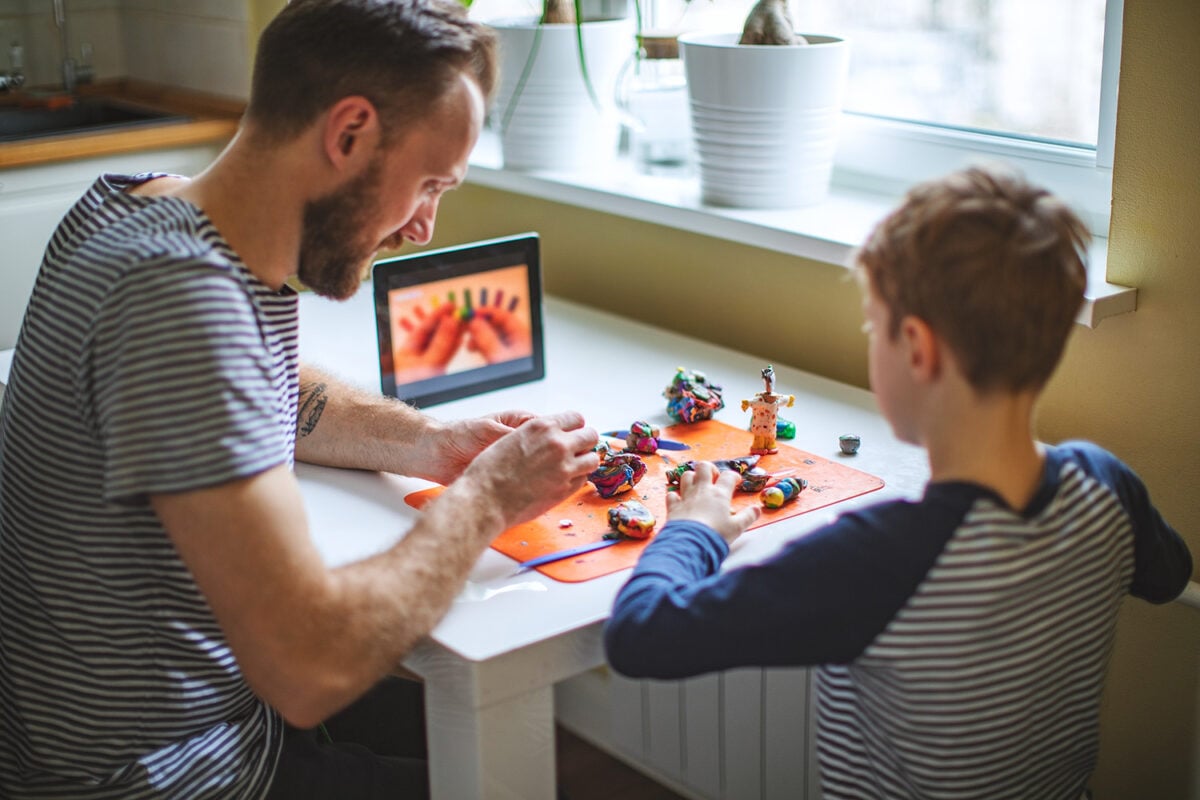In a new study, researchers reviewed a wide range of parent-oriented mobile health (mHealth) interventions and found that they significantly improved both parent psychological well-being and child health outcomes [1].
For marketing leaders in children’s wellness, fitness and family health brands, this is more than academic—it’s a playbook signal: Designing for the parent can significantly boost your brand’s impact.
Why this study matters to family-focused brands
Parents as primary users, not just decision-makers
Too often, wellness brands build mobile apps, trackers or subscriptions with children in mind (or focus on the child interface). This study underscores that if you treat parents as first users, you unlock stronger impacts. Parents’ mental health improves, which in turn supports children’s well-being.
Co-design and theory-based frameworks matter
The standout interventions in the review weren’t generic or unmanaged apps; they used co-design with parents and behavioral theory to craft features like nudges, reminders and feedback loops [1]. That means your brand’s digital content and tools should be designed with the parent in mind—using prototypes, parent interviews, A/B testing—rather than “launch and hope.”
Beyond the clinic walls
These interventions were often used outside clinical settings, showing that brands don’t need to be medical providers to influence family wellness. A wellness brand can deliver value by integrating digital tools that live in daily life—and with validated outcomes.
Dual impact is possible
The study showed improvements in parent psychological health (less stress, greater coping) and child outcomes (behavior, health metrics). This is exactly the type of “double win” marketing leaders want: better brand perception among parents plus tangible benefits that may fuel retention, advocacy and word-of-mouth.
How family marketing leaders should react
Expand your content roadmap to parent-centered tools.
You may already produce workout videos, healthy snack recipes, sleep routines for kids. Now layer in tools for parents, such as mini stress-assessment apps, mood trackers or reminders for self-care, that integrate with your child-facing content.
Use co-design sessions as content strategy.
Recruit parent focus groups or councils to help ideate features, content formats, app flows, and more. Their input can inform what video lengths, push-notification cadences or interactive content will actually be used. The research points to co-design as a differentiator [1].
Use theory-driven behavioral nudges.
Simple reminders, incentives, progress trackers and social sharing—all backed by behavioral science—can make the difference between a tool that’s rarely used and one that becomes habit-forming. Align your digital content and wellness tools with theories like habit loops, commitment devices or social proof.
Tie the tools into storytelling.
Don’t just launch an app; embed its use in your content. For example, publish stories of families who used your parental stress tracker tool and saw calmer dinner-hour dynamics or better sleep. Let the tool and narrative reinforce each other.
Measure dual impact.
Track both parent metrics like engagement with the tool, changes in stress or self-reported wellness and child/family outcomes like increased family workouts, better sleep or healthier snack adoption. That strengthens your internal ROI narrative and external credibility.
Potential risks & mitigations
- Over-promising: A digital tool is not therapy. Brand claims must stay grounded in evidence.
- Privacy & trust issues: Collecting data on parent behavior must respect transparency, opt-in and security protocols.
- Adoption friction: Unless the tool fits seamlessly into busy family routines, it risks being ignored. That’s where co-design + behavioral nudges come in.
The big takeaway
This research offers a clear call to action: Wellness brands should stop thinking of parents as passive buyers and start treating them as digital users and stakeholders in behavior change.
By creating parent-centered tools—designed with parents, backed by behavioral science and integrated into your broader wellness content strategy—brands can differentiate in a crowded marketplace, deepen engagement and deliver measurable outcomes across both parent and child.
If you’re drafting a 2026 roadmap or planning your next major campaign, make sure your content + tool mix starts with the parent. That’s where real leverage lies.
Resource:
[1] https://bmcpediatr.biomedcentral.com/articles/10.1186/s12887-025-05656-y?





